Understanding how global threats affect amphibian species on a regional scale is necessary for effective management and conservation.
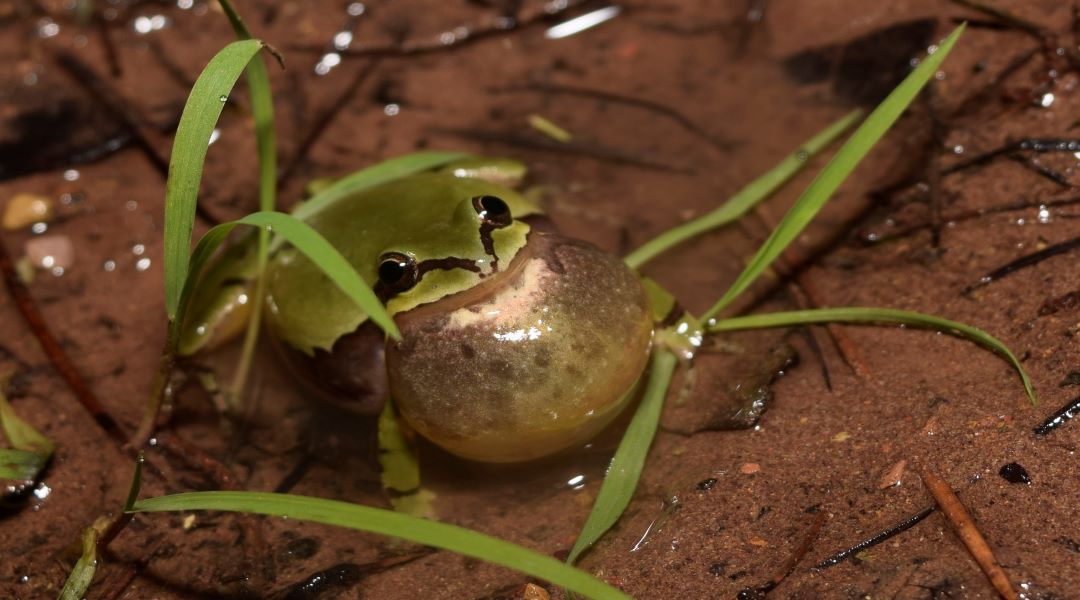


Understanding how global threats affect amphibian species on a regional scale is necessary for effective management and conservation.

High-throughput computational materials screening is turning out to be an efficient highway to optoelectronic semiconductor design.

RNA “sandwiches” perform crucial roles in a range of bacterial metabolic pathways.

Both Roman law and Law of the Sea provide precedents for sharing natural resources, and the emerging trend of benefit‐sharing offers multiple and varied possibilities as well.
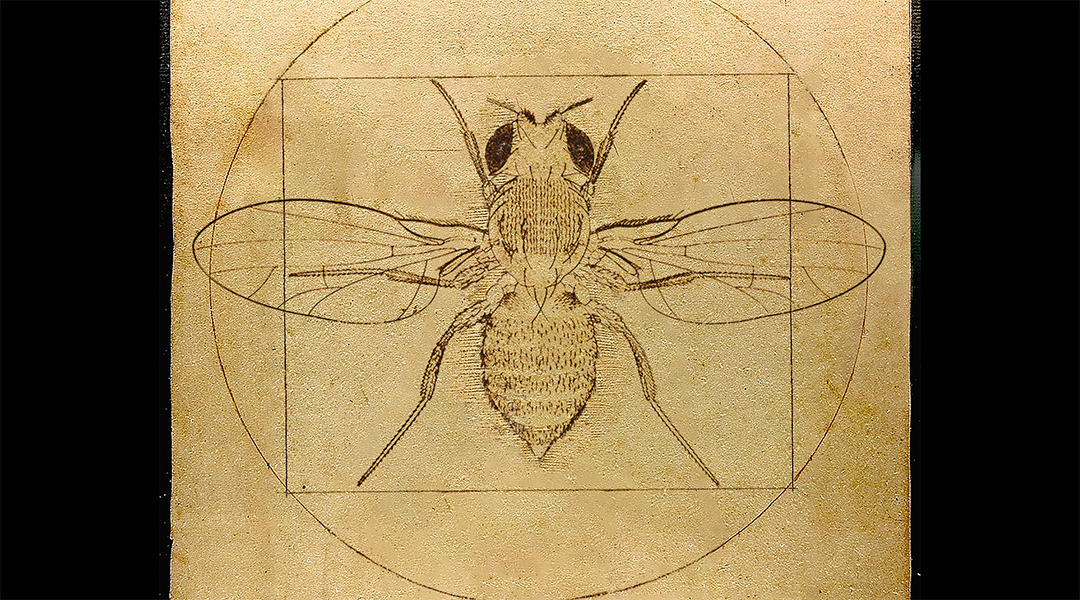
Understanding the mechanisms that regulate coordinated growth in the body and the remarkable parallels between species allows scientists to create a universal model for morphological scaling.
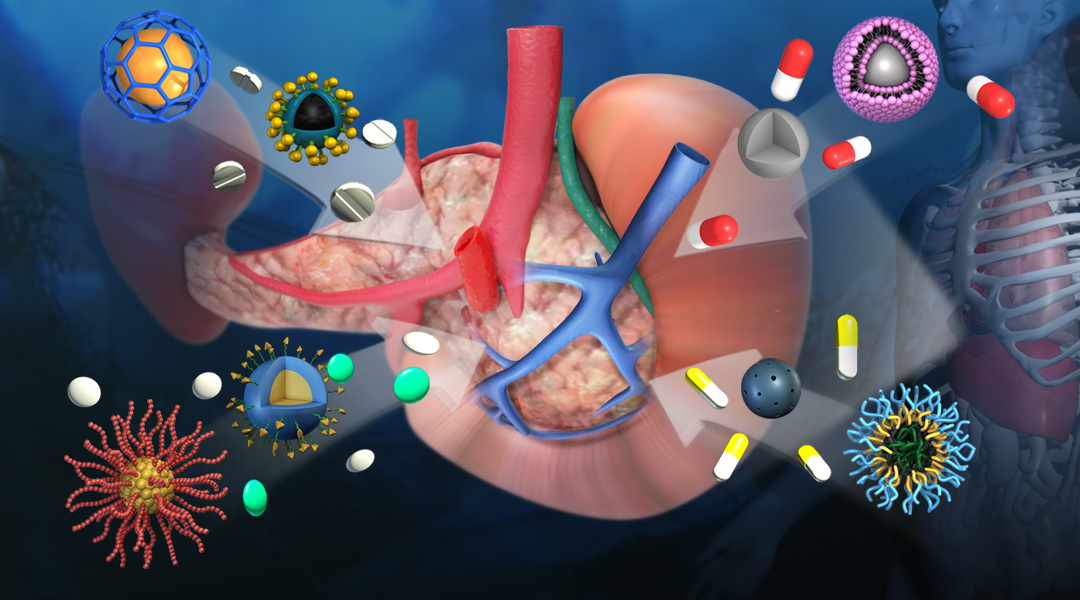
Nanotechnology is poised to revolutionize the diagnosis and treatment of patients with type 1 diabetes.

RNA plays a fundamental role in our health and biology, and advancements in imaging techniques are expanding our understanding of its life cycle.
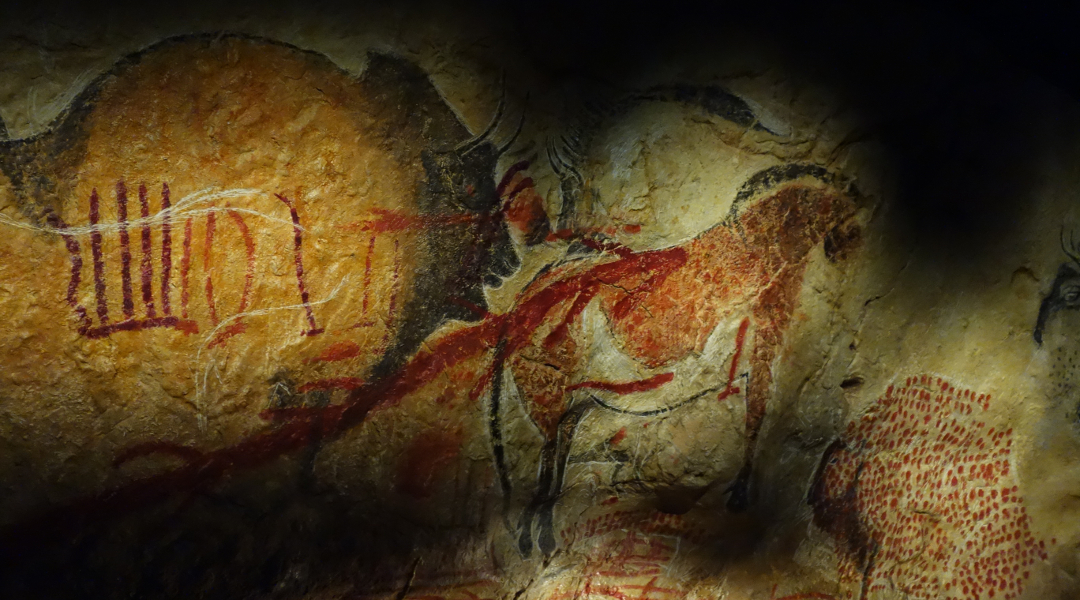
Long-term and global datasets of Paleolithic archaeologists are relevant for present climate action, and new interdisciplinary alliances are needed to exploit them.
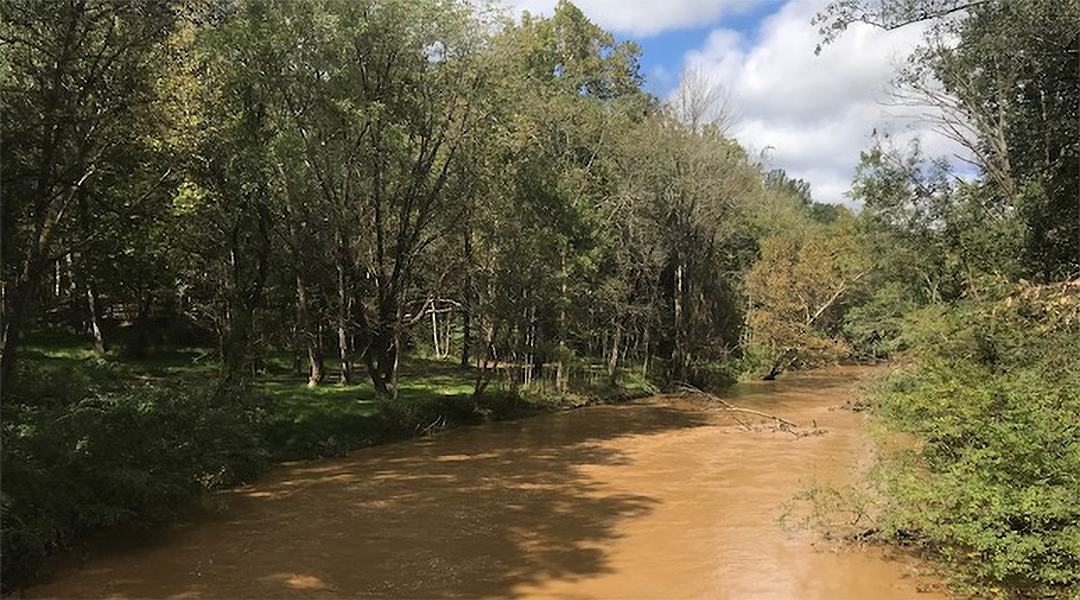
Effective management strategies are needed for preventing sediment from entering waterways such as Chesapeake Bay.
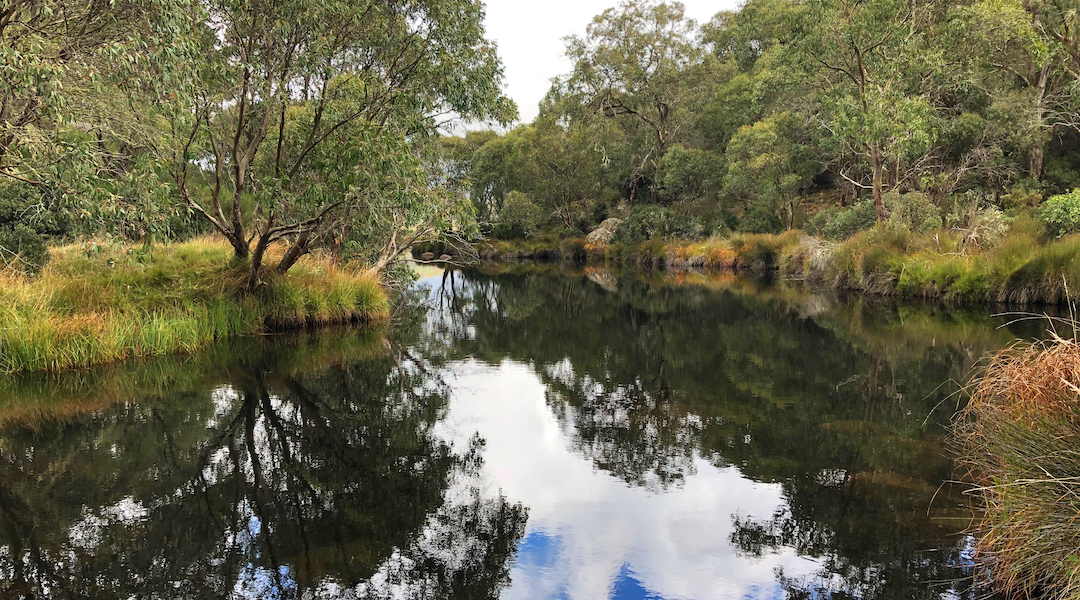
Champions come in all shapes and sizes, with different styles of leadership and ways of influencing others to drive positive change.